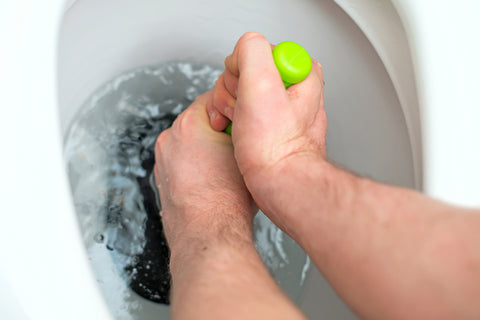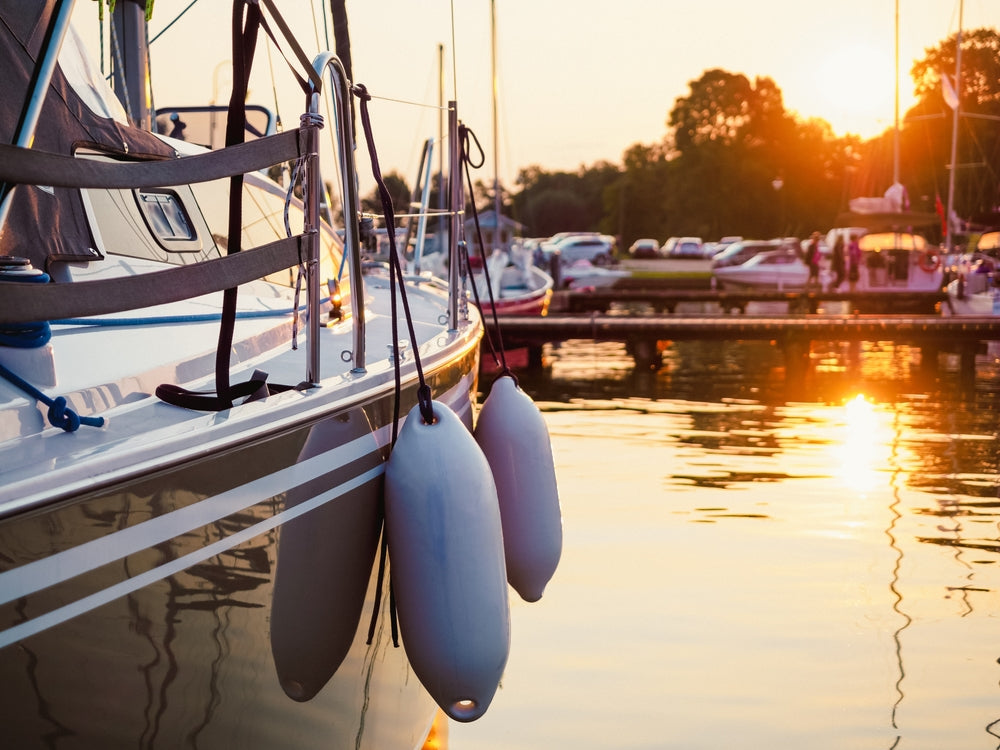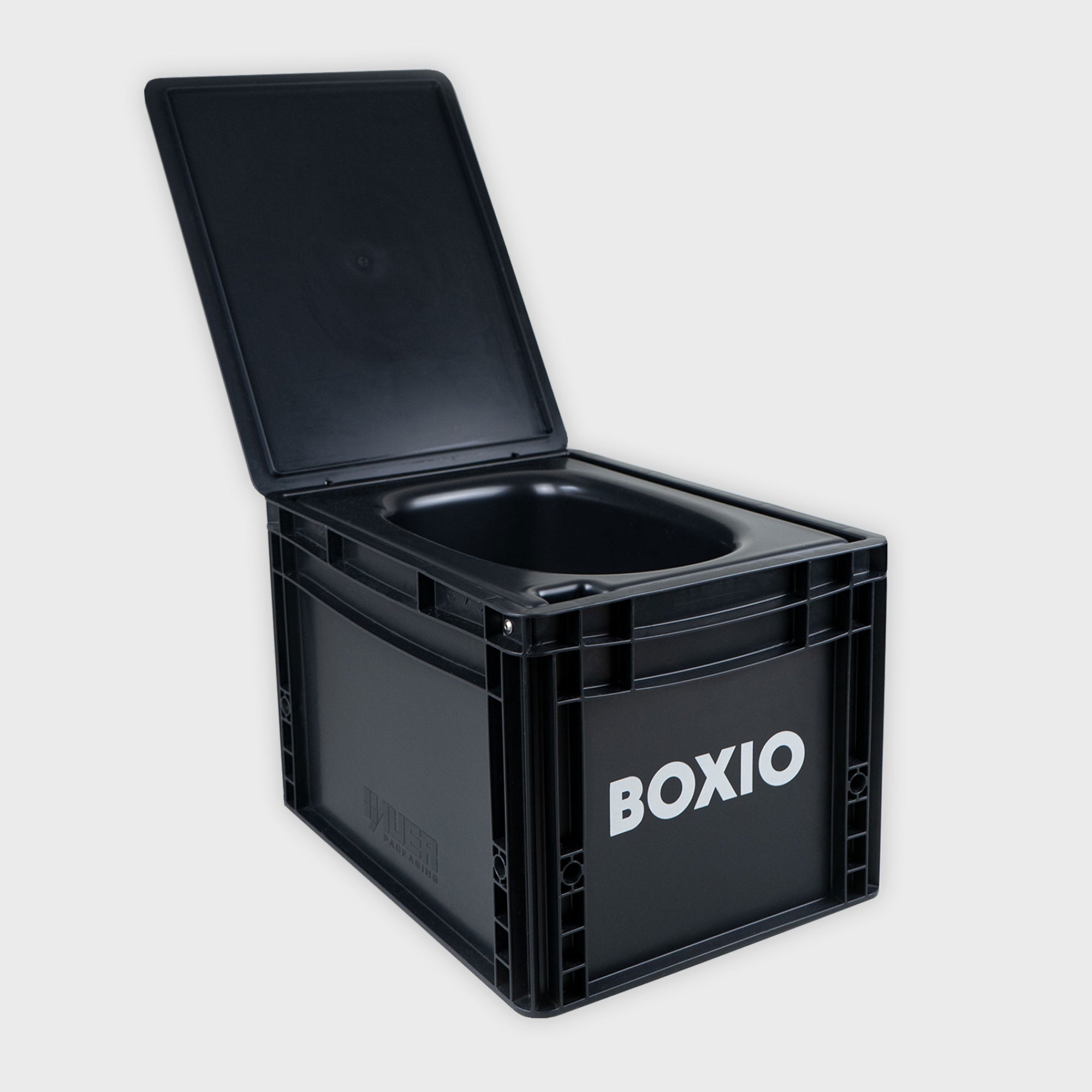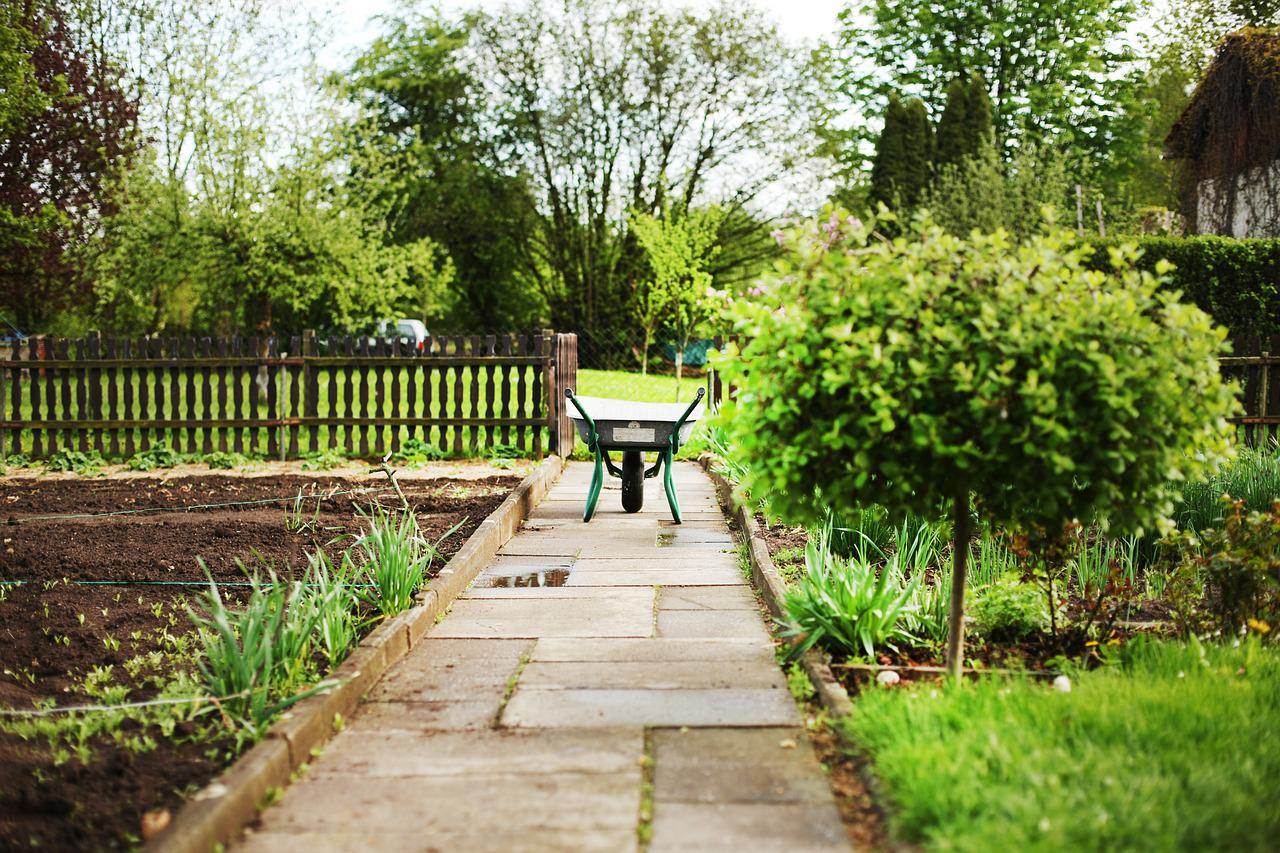
The boat toilet is one of the decisive factors for well-being on board. Leaky on-board toilets and toilets that are complicated to use massively dampen the feeling of happiness on the high seas. Apart from unpleasant odors, there is nothing more embarrassing than when the toilet bowl is full and you have to call for help!
To prevent you, your mates or your girlfriend from developing an aversion to cool boat trips, we show you in this article,
-
what types of on-board toilets there are,
-
the advantages and disadvantages of each type of toilet,
-
how to solve toilet problems on board,
-
tips on buying an odorless and comfortable on-board toilet and
-
which boat toilet is the best solution on board.
On-board toilets: You will often encounter these model types on ships, yachts & co.
Electric on-board toilets or mechanical on-board toilets are standard on boats. The difficulty with both types lies in their complicated handling.
It is therefore essential to be instructed in the use of these on-board toilets before starting your cruise. If you haven't already jumped off after that, you can form your own opinion on the practicality of the toilets during the practical test.
Mechanical on-board toilets
There are two switches next to the toilet bowl of a mechanical on-board toilet: one for flushing and one for pumping. There is also a pump lever.
To pump out the waste, flip the pump-out switch and operate the pump lever manually at the same time. Then reset the pump-out switch and flip the flush switch. While the water is running, pump the lever up and down about 20 times to flush down your faeces.
To finally empty the toilet bowl, set the switch back to "Pump out" and pump five more times manually. After locking the pump lever, the on-board toilet is ready for use again for the next course.
Advantages of mechanical on-board toilets:
-
Use without electricity
-
Quieter than an electric on-board toilet, as there is no electric pump
-
Inexpensive to purchase and to procure spare parts (price for simple porcelain toilet bowls from 150 euros upwards, ceramic toilets cost at least twice as much)
Disadvantages of mechanical on-board toilets:
-
Operation requires a lot of explanation
-
Complicated handling
-
A lot of manual pumping
-
Problems due to uncontrolled water consumption during flushing, so that the waste tank fills up too quickly or the drinking water tank empties too quickly
-
Tend to clog up quickly
-
Spare parts set is crucial for vacation
Electric on-board toilets
An electric on-board toilet works in a similar way to a manual on-board toilet. The key difference is that the electric system replaces manual pumping. There is therefore no pump lever, only the two switches for flushing and pumping.
Advantages of electric on-board toilets:
-
All the pumping of a mechanical on-board toilet is eliminated
-
Controlled water consumption (1.5 - 3.5 liters per toilet flush)
Disadvantages of electric on-board toilets:
-
Use is associated with high power consumption
-
Pump is quite loud, which is particularly annoying at night
-
Purchase price higher than for a manual on-board toilet
-
Spare parts set is essential to keep the bad mood downward trend within limits in the event of breakdowns (price approx. 70 euros, depending on the model also more)
Manual and electric on-board toilet: tips for flushing
Regardless of whether you have a manual or electric on-board toilet on your boat, it is always advisable to flush with drinking water to avoid strong odors. Otherwise, the toilet flushes using a seawater pump. This draws the water up from the sea and makes it available for flushing.
You will soon notice the difference between flushing the toilet with salt water or fresh water. For the sake of your nose and the atmosphere on board, it is best to opt for the drinking water version.
Manual and electric on-board toilets: using toilet paper
To prevent unpleasant repairs, some people prefer to throw the toilet paper into a bucket next to the on-board toilet. However, this is less hygienic and leads to odors.
To prevent the hoses and pump from clogging, there are on-board toilets with macerators. However, these do not always help. How much the macerator can handle before it fails remains to be tested in practice.
Manual and electric on-board toilets: disposal of faeces
The waste water is collected in a holding tank. The Federal Maritime and Hydrographic Agency (MARPOL) regulates internationally under which circumstances and in which regions ship wastewater may be discharged into the sea. You can find out more about the legal requirements for the disposal of ship sewage at sea here.
The contents of the holding tank can be emptied using a sewage pump on board. When purchasing such sewage pumps, it is essential that you pay attention to the required delivery head and delivery capacity.
Near the coast, you can only dispose of waste at the stations provided for this purpose in the harbor. You can empty the full holding tank of your yacht, ship or boat with the help of the sewage extraction system in the harbor.
Problems caused by on-board toilets below the waterline
Electric and manual on-board toilets that are flushed with sea or river water require connections to the on-board feed-through below the waterline. Due to the siphon effect, there is therefore always a risk that on-board toilets will overflow. This risk can be minimized by installing a gooseneck, but it cannot be prevented.
When your boat heels, in heavy swell and when pumping, there is still a risk of the on-board toilet overflowing.
Interim conclusion: Electric on-board toilets and manual on-board toilets
Even if the nearest toilet is the best and an on-board toilet is better than none, these toilet options are not particularly pleasant. As you've probably noticed from reading this, everyone on board can expect one mishap or another:
-
Overflowing on-board toilet
-
Clogged on-board toilet
-
Leaking valves, broken hoses
-
Feelings of shame, because only after doing your business do you realize that you didn't understand all the measures for using the on-board toilet
Mobile on-board toilets not just for small motorboats, sailing boats & co.

Small boats lack the space for an installed toilet with water tank, waste holding tank, etc. As relieving oneself in the sea or river is not everyone's cup of tea, mobile on-board toilets are ideal for having a quiet place on board.

What mobile toilets are available?
Chemical toilet
A chemical toilet is a portable toilet box that has its own small tank filled with a special mixture of chemicals. These chemicals are used for flushing and to decompose faeces and toilet paper.
For the sake of the environment, you should never empty this chemical-faeces mixture into the sea, but rather at the designated places in the harbor.
Advantages of chemical toilets
-
Transportable, so can be used wherever there is no toilet
Disadvantages of chemical toilets
-
Use of chemicals and therefore bad for the environment
-
Liquid means there is always a risk of spillage
-
Cleaning with water necessary and care must be taken with skin-corrosive chemicals
Dry toilet
If the environment is also important to you, then opt for a dry toilet that does not use any chemicals at all. These toilets are small, portable and therefore fit perfectly on small boats, yachts and sailing boats.
The small Boxio toilet from our online store is particularly practical. This dry separation toilet is made from recycled plastic to actively support the issue of sustainability.
It is made of black plastic, which makes the portable toilet much more modern and pleasant to look at. The major disadvantage of white plastic toilets is that they yellow quickly and look unsightly.
How does the dry separation toilet work?
The dry separation toilet consists of a compact Euro box, a toilet seat and two separate collection containers underneath. The urine flows into one container. And the "big business" ends up in the other container.
The separation of the contents is not only practical for subsequent disposal, but also ensures that odors are prevented. This is because the separate collection of urine and faeces inhibits the formation of odor-causing ammonia.
Appropriate bedding can be used to bind the moisture, which also counteracts the formation of odors.
How does the disposal of dry separation toilets work?
You can either empty the urine canister into the sea or wait until the next port-a-potty.
The solid waste can be disposed of extra easily if you have lined the container with a compostable bag beforehand. This means that the faeces do not come into contact with the container and all you need to do is remove the bag and its contents, seal it and dispose of it in the bin. There is no need for time-consuming cleaning with water.
Advantages of the dry separation toilet
-
Modern box design with black plastic
-
Portable and space-saving, so can be used anywhere where there is no toilet
-
Odorless thanks to separation of urine and faeces
-
Sustainable + environmentally friendly, as no chemicals are used
-
Disposal made easy thanks to hygiene bag
Disadvantages of a dry separation toilet
-
Possibly take additional litter on board
Interim conclusion: Mobile on-board toilets
The mobile dry separation toilet outperforms the chemical toilet in all respects. The advantages for the environment and ease of cleaning stand out.
No more waste tanks, overflowing on-board toilets and disgusting repair jobs
This article has clearly shown us that On-board toilets on boat trips can be real killjoys. Instead of sunbathing on deck, it often happens that the boat toilet below deck calls for first aid!


The handling is complicated and apart from the skipper, who has had to dismantle and reassemble the toilet often enough, everyone has to practise using it. You have to come to terms with the fact that the "soup" occasionally spills over and smells.
Really? No, not at all!
Whether you're a water sports enthusiast going on a trip on your yacht, enjoy sailing trips or cruising around on a small motorboat: the on-board toilet is crucial for a good mood at sea! That's why it's worth installing a dry separation toilet as standard on your yacht or boat!
-
Bye-bye faeces pumps, because disposal using compostable bags is easy
-
Goodbye leaky valves and overflowing toilets, because this toilet upgrade requires no water and no intensive maintenance
-
Hello finally using the toilet without waking up the whole team
-
Hi odor-free zone, because the litter and separation of urine and big business work wonders
-
Wow low purchase costs and no maintenance costs
-
And yay for the environment. No chemicals. Sustainable and compatible with the ecological cycle.
In terms of design, the dry separation toilet can be implemented as a standard installation to suit your personal taste. How about maritime wood paneling, for example?
Converting to a dry separating toilet as a boat toilet means an upgrade for people and the environment that is well worth it!





